
 Supply Chain Operations
Supply Chain Operations
 Advanced Operations
Advanced Operations
 Workforce Enablement
Workforce Enablement
 Industrial Security and Safety
Industrial Security and Safety
Cut down the risk of loss and protect your business. Our all-inclusive cybersecurity services are developed to protect your infrastructure and important data against altering threats.
Cybersecurity Strategy & Assessments
Risk management and cybersecurity are more crucial than ever in the hyperconnected world of today. Validating, realigning, and reorienting your cybersecurity plan is essential to staying ahead of possible threats.
Assess your capabilities and maturity with an assessment built on industry-leading frameworks such as NIST CSF, CIS Top 20, and ISO. We help you establish a baseline for your security posture maturity levels and create revolutionary roadmaps to improve it by utilizing industry-leading benchmark data. Our approach and evaluations are intended to guarantee that your company is prepared to manage the intricacies of contemporary cyber threats.
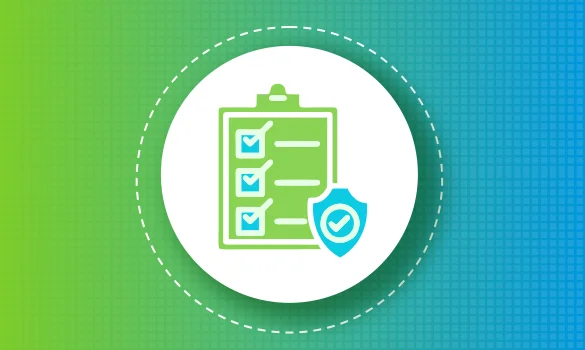
Security Appraisals
The threat of new cyberattacks is growing, and so is the need for thorough assessments. VLC Solutions provides multi-dimensional evaluations to help you identify and mitigate risks within your organization. Our security appraisals are designed to give you peace of mind by addressing security concerns, regardless of your business size.
Risk & Compliance Analysis
Identify potential security gaps and achieve compliance standards with our expert firewall installations and policy reviews. We help you recognize and resolve potential security lacunae, ensuring your business meets official compliance requirements.
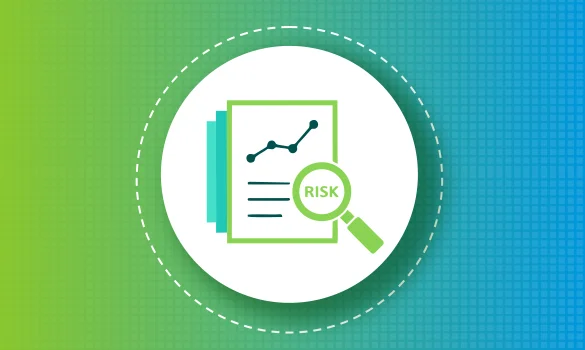
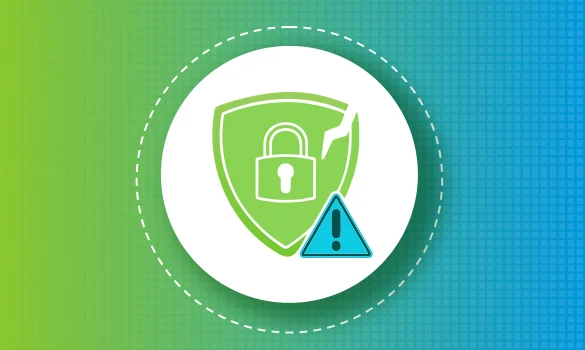
Vulnerability Assessment
Detect and address weaknesses in your IT systems with our tailored vulnerability assessments. Our assessments are specifically designed to discern existing shortcomings, fortifying your organization against evolving threats.
Why choose VLC Solutions for Vulnerability Assessment?
Configuration Audit
Ensure your platforms follow industry best practices with thorough configuration analyses from VLC engineers. We provide productive inputs to help you calibrate succinct cybersecurity measures and align with the best practices in the industry.
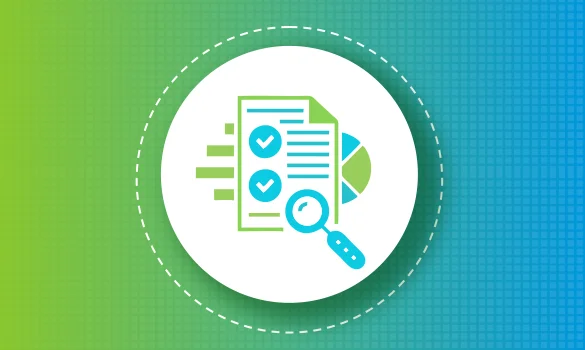
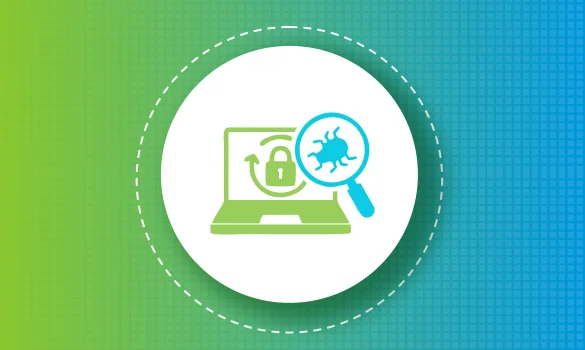
Penetration Testing
Our ethical hacking team manually evaluates your trust chains, passwords, and more to uncover vulnerabilities. By conducting penetration tests, we help you identify and mitigate ill-protected perils within your systems.
Why Choose VLC Solutions for Penetration Testing?
Application Security Probe
Certified testers identify malicious gaps in your business apps and streamline secure access. We play a significant role in building a simple, concise, and consolidated system to access and use these apps more securely.
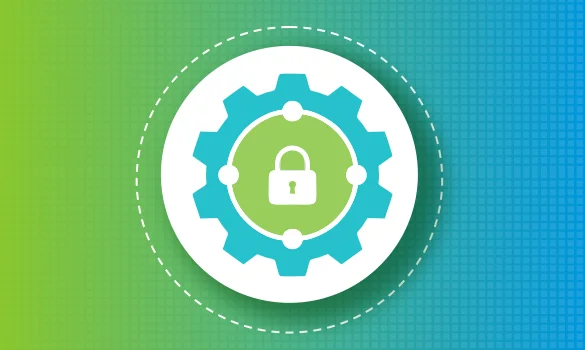

Infrastructure Evaluation
Conduct comprehensive employee assessments to enhance cybersecurity awareness and identify knowledge gaps. Our evaluations help you recognize areas for improvement and upgrade awareness about cybersecurity within your workforce.
Threat Simulation
Simulate cyberattacks like phishing and physical incursions to test and improve your security measures. Our security engineers help you scrutinize existing security levels, providing insights to fortify your defenses.
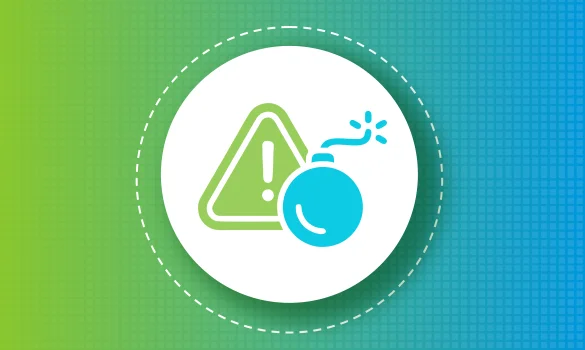
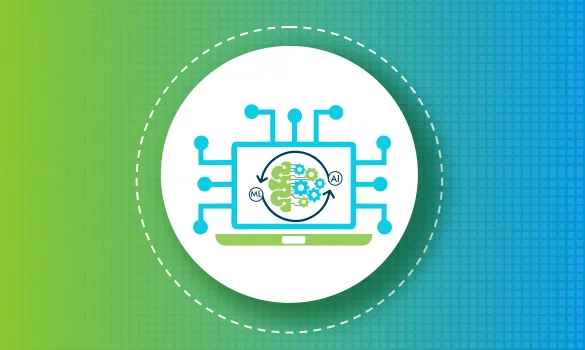
Forecast Future Assaults
Use AI and ML to predict and prevent attacks by identifying evolving risk patterns. Our endpoint solutions deploy advanced technologies to curb attacks even before they happen, providing proactive defense mechanisms.
Secure Your Entire Network
Ensure both on-site and off-site networks are protected with simple, effective security solutions. We articulate solutions that empower you to perceive and address threats from anywhere, ensuring a safe haven for your authorized user pool.
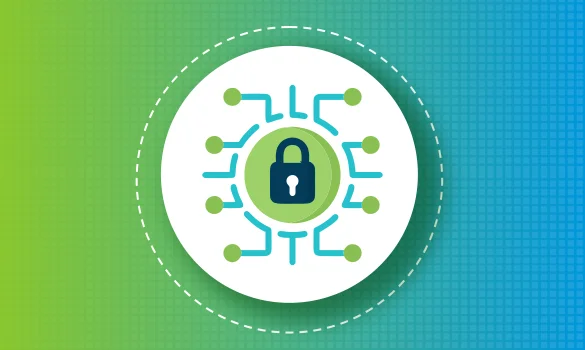
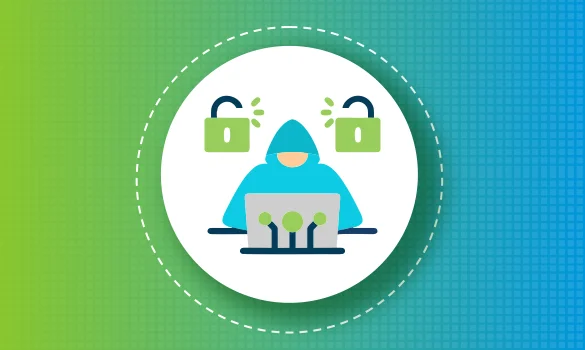
Retaliate to Attacks
Use EDR (Endpoint Detection and Response) tools powered by AI and ML for continuous IT environment monitoring and swift threat response. Our tools stimulate ongoing observation to recognize and battle immediate data hazards, allowing your team to take damage control actions quickly.
Our professionals can devise a formidable response plan in the event of a potential attack. Save time and resources by relying on our prudent cybersecurity solutions, ensuring minimal disruption to your operations.
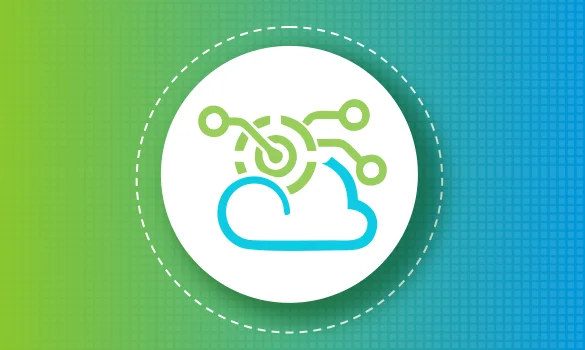
Endpoint Immunity
Secure all endpoint devices and network security within a unified structure, preventing encroachments even in cloud hosting. We create an environment of security that binds all your endpoint devices, network security, domain integrity, and consolidated firewalls.
Data Loss Prevention
Ensure sensitive data is not misused with our DLP solutions that monitor data movement and automate security administration. Our security engineers help you keep track of data movements and locations, implementing measures to prevent unauthorized access and data leaks.
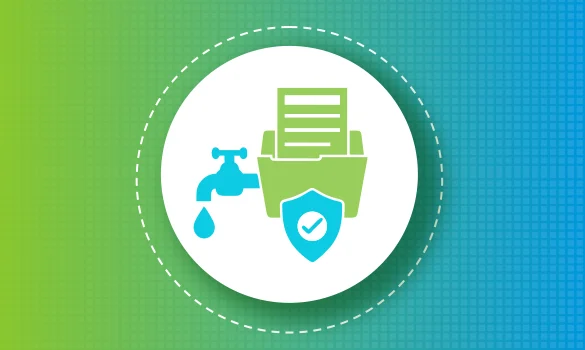
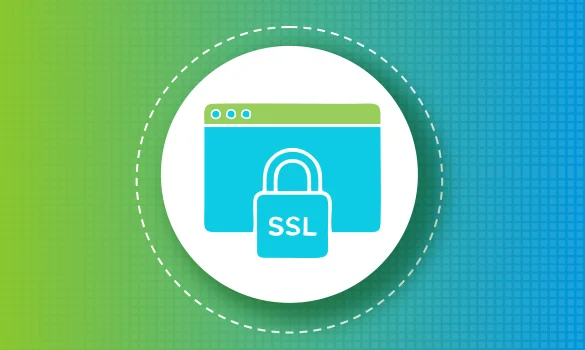
Rigorous Encryption
Protect your data with advanced encryption tools for storage, networking, and daily-use applications. Our encryption solutions ensure your data remains secure at all times and in all places without disrupting authorized workflows.
Our professionals assist in formulating a fool-proof DLP blueprint, recommending appropriate software upgrades, and devising different employee environments for home and work. This ensures a steady and unbroken workflow even in times of data leaks.
Our Security Awareness Training, which is specially designed to meet the demands of every department, guarantees that every worker, from the front desk to the C-suite, understands how to safeguard both the company and themselves. Everyone remains knowledgeable and up-to-date on the ever-changing cyber scene with regular updates and assessments. Investing in VLC's training program strengthens your organization's reputation as a reliable and safe source while also fortifying your security posture and promoting a culture of vigilance and resilience.
We don't stop there, though. Because of our dedication to quality, VLC regularly conducts drills and post-incident evaluations to improve our methods and keep one step ahead of cybercriminals. Our partnership with leading law enforcement and cybersecurity specialists improves our crisis management skills and gives you peace of mind.
